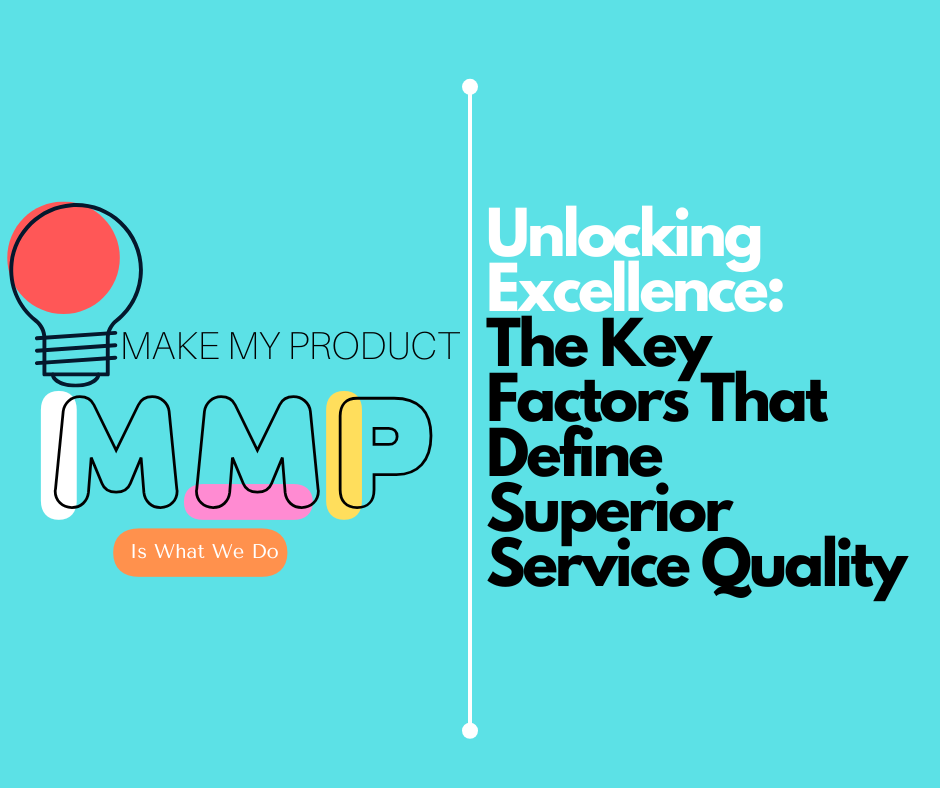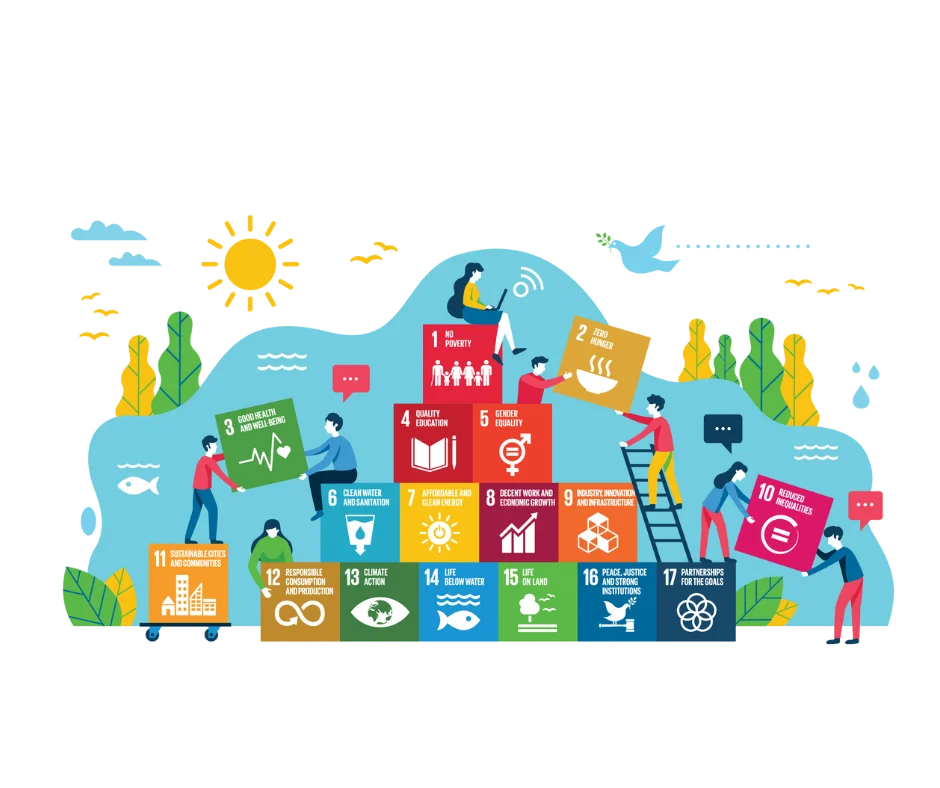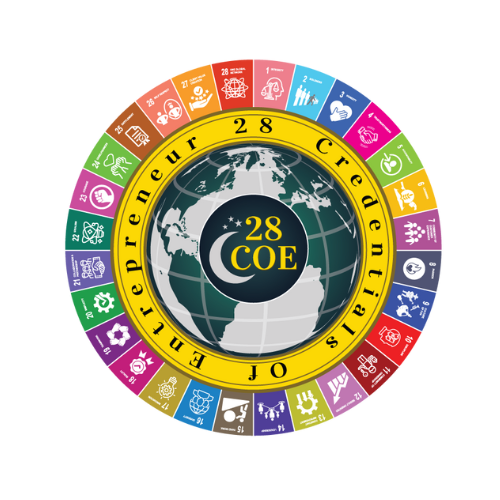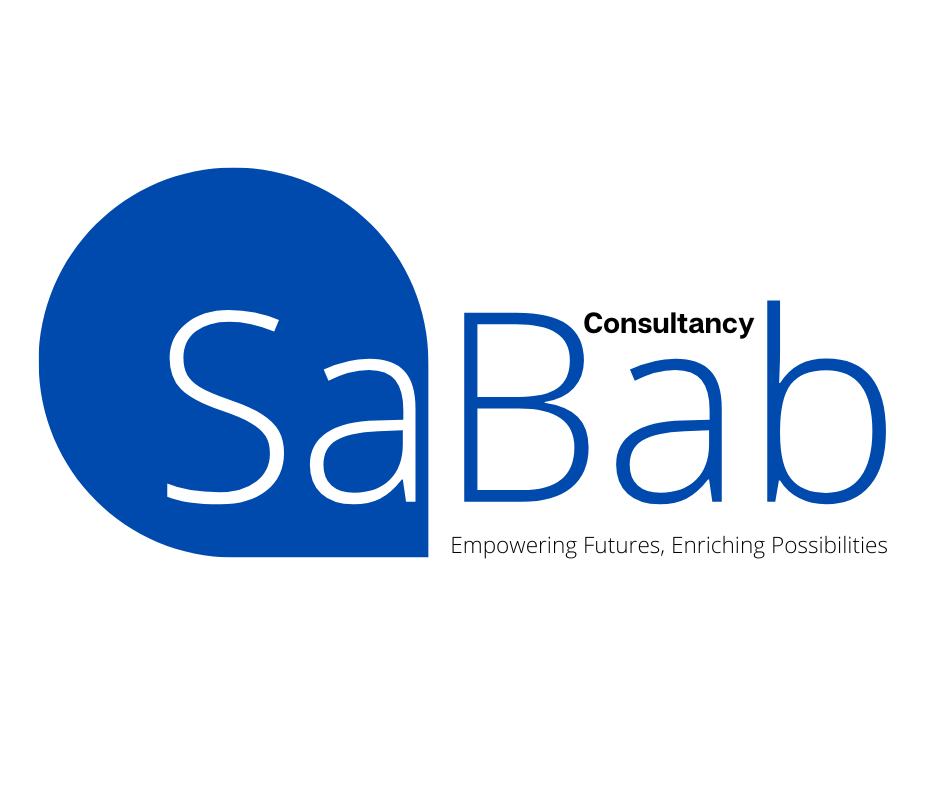A Crisis We Can No Longer Ignore
The world today stands at a critical crossroads. While technology has advanced, economies have expanded, and food production has increased, hunger continues to plague millions. According to the latest global data, over 735 million people face hunger every day. These numbers are not just statistics—they are human lives. Children going to bed hungry. Mothers skipping meals so their children can eat. Communities devastated by food insecurity.
This is not just a humanitarian issue—it’s a leadership issue, an environmental issue, and a development issue.
But amidst the chaos, there is hope. A solution not found in warehouses or short-term food aid—but in the soil, in the seeds, and in the commitment to grow differently. The answer lies in sustainable farming.
Why Traditional Farming is Failing Us
Conventional agriculture, with its dependency on chemical fertilizers, monocultures, over-irrigation, and deforestation, has reached a breaking point. It is not only exhausting our land but also widening the gap between those who have food and those who don’t. It’s a system that prioritizes yield over resilience, profit over people, and short-term gain over long-term survival.
It is time to ask: At what cost are we feeding the world?
The truth is, we are not feeding the world. We are exhausting it.
What Is Sustainable Farming?
Sustainable farming is not a trend or a marketing gimmick. It is a holistic approach to agriculture that respects nature, uplifts communities, and ensures food security for generations to come.
At its core, sustainable farming means:
-
Growing food while preserving natural resources
-
Reducing carbon emissions and environmental degradation
-
Building local food systems that are resilient to climate change
-
Empowering farmers with knowledge, tools, and fair markets
-
Eliminating hunger not just through food, but through dignity and independence
The Power of Sustainable Farming to End Hunger
Hunger isn’t caused by a lack of food. It’s caused by a broken food system.
Sustainable farming tackles the root causes of hunger, not just the symptoms. Here’s how:
1. Builds Resilience in Food Production
Sustainable practices—like crop rotation, agroforestry, organic fertilization, and conservation agriculture—make farms more resilient to droughts, floods, and climate shocks. This ensures consistent food supply even in the face of unpredictable weather patterns.
2. Empowers Local Farmers and Communities
By promoting decentralized farming and community-supported agriculture, local farmers become the backbone of food security. When people grow their own food sustainably, they gain independence and stability.
3. Restores Soil and Ecosystem Health
Healthy soil produces nutritious crops. Sustainable farming regenerates the land, increases biodiversity, and protects water sources—ensuring future generations have access to fertile land and clean resources.
4. Increases Food Availability and Reduces Waste
Sustainable methods often include improved harvesting, storage, and distribution systems, which dramatically reduce post-harvest food losses—a major contributor to food shortages in developing regions.
5. Reduces Dependence on Imports and Food Aid
Countries that invest in sustainable agriculture build food sovereignty. They rely less on global markets, volatile prices, or temporary aid packages. They grow what they eat. They eat what they grow.
This Is Not Just an Agricultural Movement—It’s a Humanitarian Mission
Sustainable farming is not optional—it is essential.
If we continue down the path of conventional, exploitative farming, we are guaranteeing a future of scarcity, malnutrition, and desperation. But if we invest in sustainable agriculture today, we can rewrite the story of global hunger.
We can ensure that:
-
Every child has access to a nutritious meal
-
Every farmer earns a dignified living
-
Every community has food security, not dependency
-
Every ecosystem thrives instead of collapses
What Must Be Done: From Vision to Urgent Action
Governments, corporations, NGOs, and individuals must step up—not tomorrow, not next year—but right now.
-
Policy Makers must subsidize sustainable agriculture, not destructive practices.
-
Corporations must source responsibly, support smallholders, and invest in regenerative supply chains.
-
Farmers must be trained, equipped, and empowered with sustainable techniques.
-
Consumers must choose to support ethical, sustainable food sources.
-
Educators and media must shift the narrative from charity to change—hunger is not inevitable, it is solvable.
Ask Yourself This
What kind of world are we building if millions still go hungry while food rots in landfills?
What future are we sowing if our land, water, and air are poisoned in the name of food?
What legacy do we leave behind if we feed the present at the cost of the future?
The revolution begins with a single seed—and a decision to grow with care.
Conclusion: The Time is Now
Sustainable farming is not just an agricultural method. It is a movement for justice, resilience, and life. It is the only viable path forward in a world where hunger threatens peace, prosperity, and progress.
We must stop treating hunger as a problem of charity and start addressing it as a challenge of systems. And the system begins in the soil.
Let’s shift from short-term fixes to long-term solutions. Let’s stop the exploitation of land and labor. Let’s build a future where everyone eats, everyone thrives, and no one is left behind.
The fight against hunger begins with how we farm. The future of humanity depends on it. Will you be part of the revolution?

























